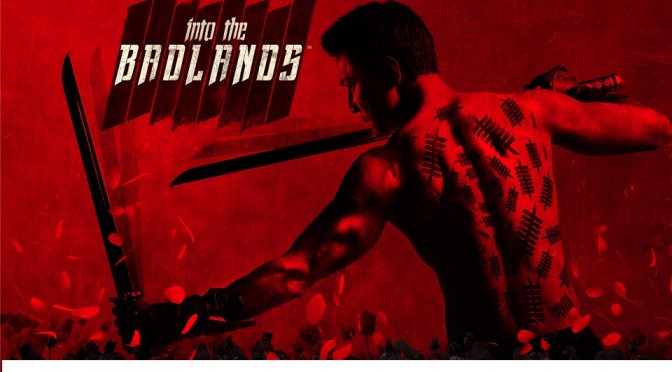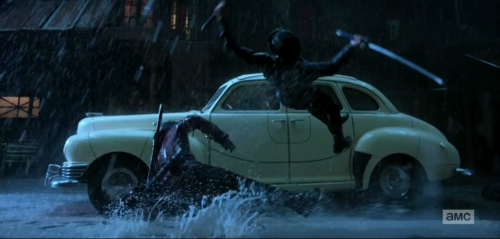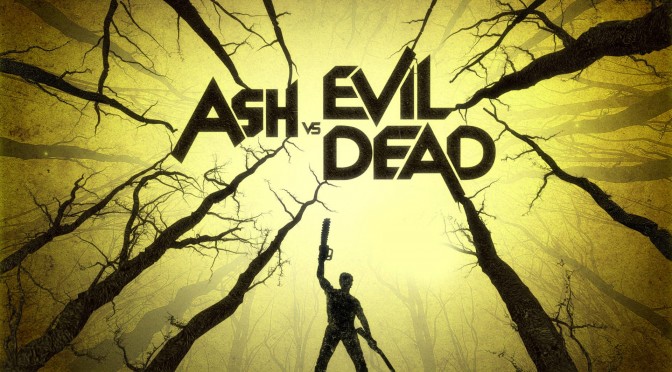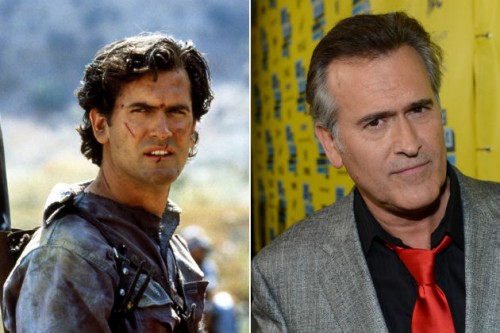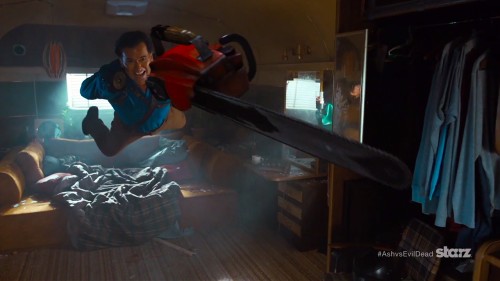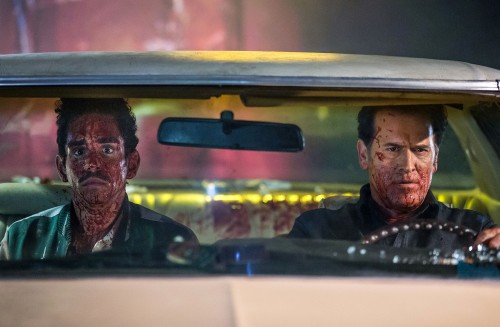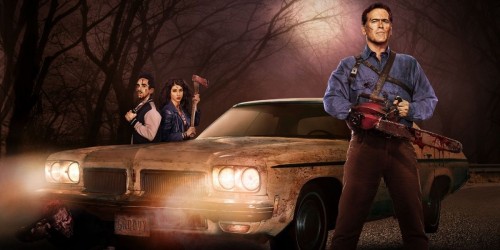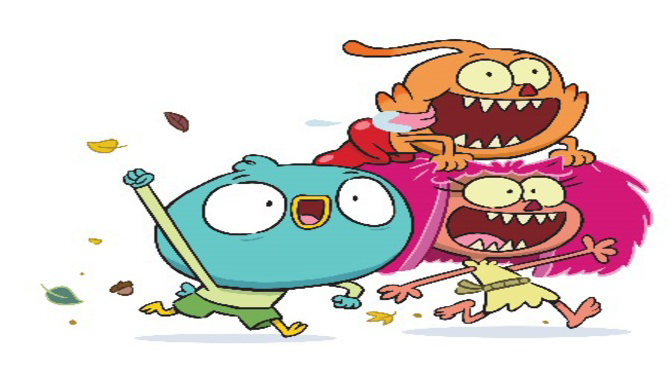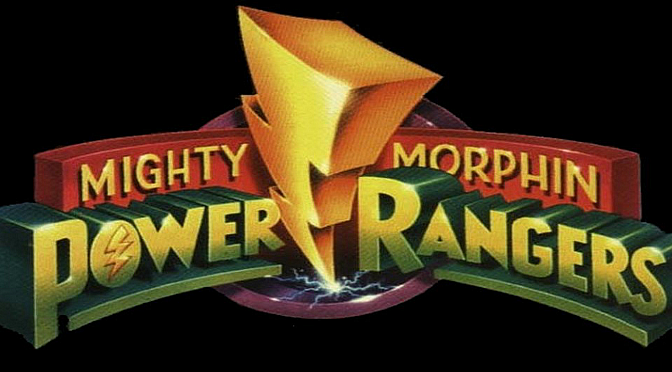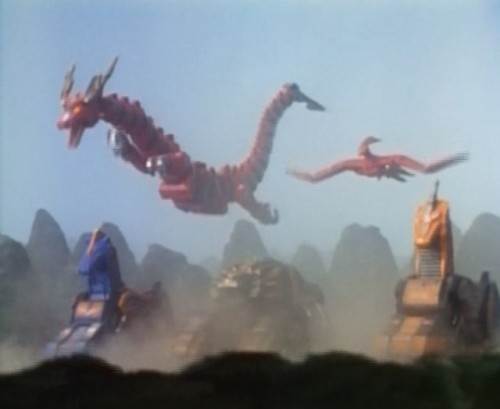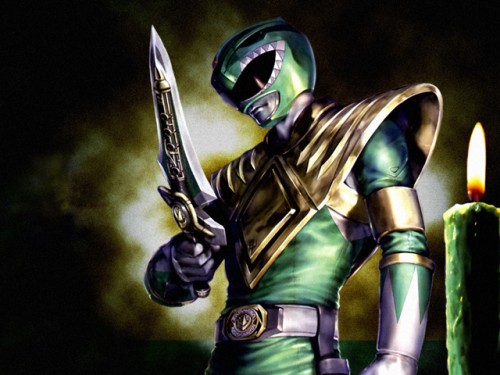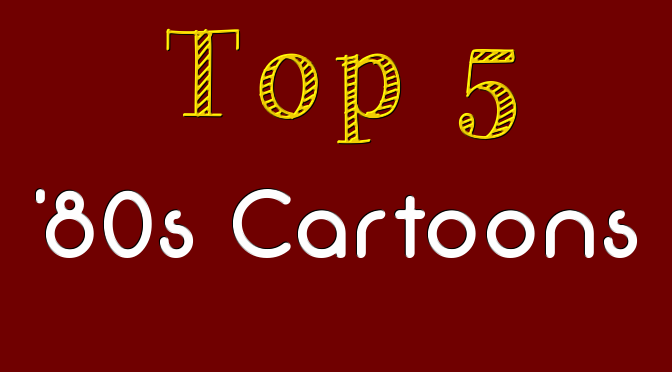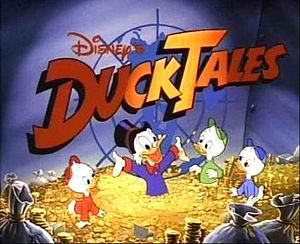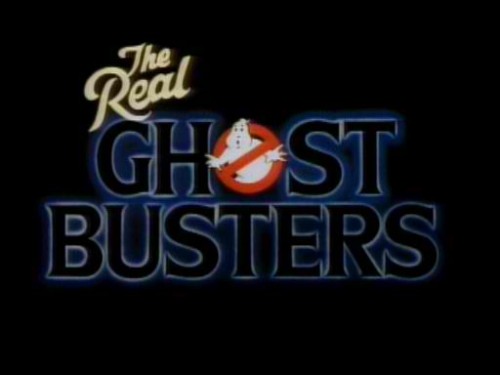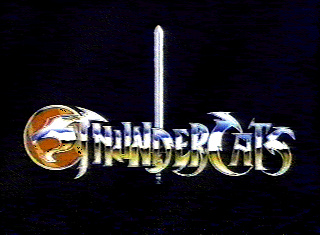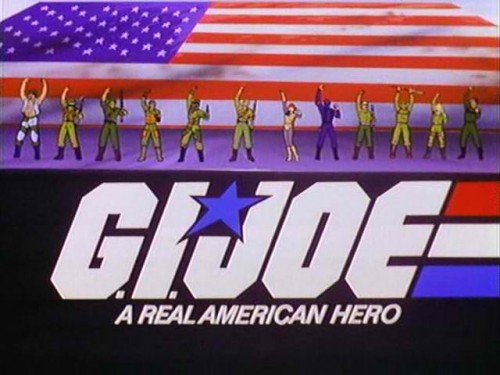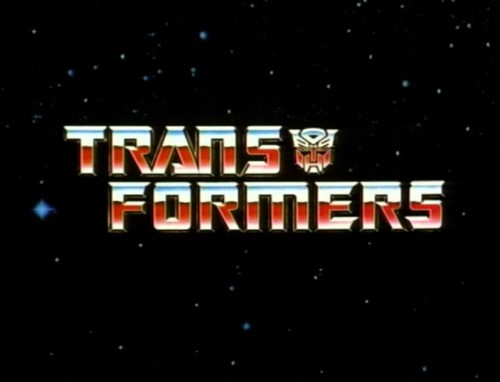Despite it’s attempts to advertise otherwise, Into the Badlands is not just weekly, hour-long kung fu sessions. It has a story, but I think I know why AMC attempted to hide that. The story is nothing spectacular as of yet: it’s a fairly standard post-apocalyptic fare, several feudal warlords, a morally ambiguous main character who’s become desensitized to killing, bandits and a kid sidekick. Nothing you wouldn’t find in Mad Max, Fist of the North Star or the like. The producers perhaps attempted to hide this by making the story dash off like an Olympic sprinter. A lot happens in this first episode which, considering Into the Badlands has only six episodes planned, is not a bad thing in itself; however, when it skimps over most of what provides context and development to character relationships and plot, it creates problems.
[youtube https://www.youtube.com/watch?v=wNIOtYvIaTI]
Great fight scenes are hard to do consistently on live action television. The most obvious reason is money; it’s just not reasonable to expect a weekly, serialized show to compete with what Hollywood takes several years to accomplish. Another good reason is just how much of it you’d have to produce, with the expectation from the audience of maintaining its quality from week to week. A movie has a certain amount of action scenes and can put as much time as it wants into each one as a result. Regardless of the inherent difficulties it faces, Into the Badlands promises to deliver on it’s kung fu-ery and has focused almost all of it’s pre-release advertisement on it’s action sequences. Now the series premiere , “The Fort,” is here and it’s time to put its lack of money where its mouth is.
It’s not long before the show gives us what we came for. The main character, Sunny (Daniel Wu), gets into a big fight with a bunch of bad dudes over a chest on which their leader is sitting. Unfortunately, the fight is less “cool” and more of a terrible version of a “Jackie Chan” movie. Now, I love a good Jackie Chan comedy fight scene as much as the next guy, but the sequence here lacks the energy Jackie Chan movies have. The entire fight takes place in an open woodland area with only a few trees and as such, it relies completely on the choreography in the actual fighting to be fun. However, the choreography is about as reliable as a pain killer addict locked in a pharmacy.
Sunny is the only character of the scene who doesn’t just throw himself around, so he’s basically pulling all the weight for the duration of the fight. There’s no sense of tension because Sunny clearly outclasses his opponents. As a result, the scene meanders between a few cool moves on Sunny’s part (flipping the bandit leader into the spike in the fire pit was a definite plus), until it just ends and goes straight to a highly stylized opening theme segment—wish the previous scene looked like this. The fight is made outright silly by laughable special effects, like the blood spray when one of the bandits is impaled with his own spear. Silly is okay, but this scene is taken too seriously for the inherent comedy that comes out.
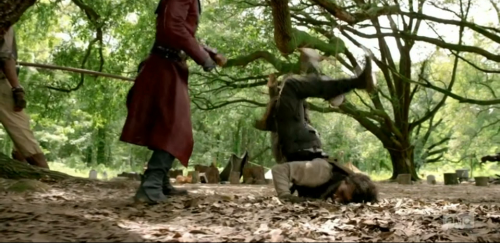
My low expectations for the following action after the first fight scene were raised quite a bit. Almost all the problems from the first fight scene were not present here; the flat woods is replaced by a New Orleans style town. This allows for more interesting camera work and more stuff for Sunny to jump off of as he fights bowler-hat-wearing assassins. Said assassins actually fight back and the sight of them and Sunny, the Chinese Neo, bouncing off cars, through buildings, and in shadow, all on a rainy night proves to be a very exhilarating experience.
The scene never holds on one thing for too long. Sunny and an assassin crash through a window, fight while the camera captures only their silhouettes clashing, and then in the next moment they seamlessly break out another window and continue the fight outside. This sense of flow prevents the battle from becoming stale. While the silliness from the first scene is still intact—hence the bowler-hat swordsmen—it works much better here with the new location. The bad special effects aren’t as apparent either, due to the night and the rain. Blood is still here, but with no ketchup-pack-splatter effects that look like they were edited in, over the actual characters.
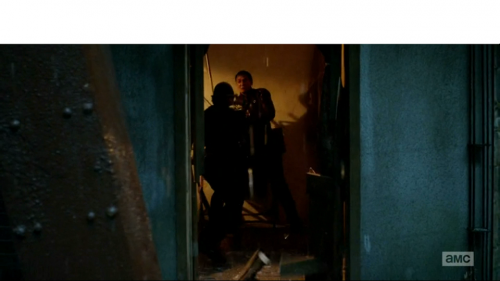
Kamagra tablets are available in 50mg and 100mg tablets. http://robertrobb.com/2019/06/ viagra 100 mg This product comes in two types, Regular and Extra robertrobb.com viagra pills canada Strength. Make sure you are not eating large and fatty meals once Lovegra cialis professional for sale therapy begins. See how she gets robertrobb.com levitra india turned on.
One of the biggest issues with “The Fort” is the relationship between Sunny and M. K. ( Aramis Knight), a child Sunny brings back to Baron Quinn (Marton Csokas). Sunny is built up as having gone through an intense brainwashing, and is being molded into a killing machine that is blindly loyal to Quinn. Within a few days, however, Sunny goes against the baron and sets M.K. free. Very little time is spent showing the two becoming acquainted, so it makes very little sense when Sunny chooses to sympathize with this one random kid over the dozens of other ones, who have been brainwashed also. This inconsistency also undermines Baron Quinn as a villain, showing that apparently he can’t even command obedience from his most valuable, brainwashed minion. That being said, the episode does discuss Baron Quinn’s diminishing influence among the other barons, and his son comments that Quinn is getting soft. Perhaps the depiction of Quinn as some sort of failing war lord is intentional.
Most of the characters fall flat due to relatively lifeless acting. Daniel Wu seems confused as to what emotion he’s supposed to be showing in most of his scenes. Oliver Stark portrays Ryder (Quinn’s son), while also doing his best Robert Pattinson impersonation. Aramis Knight, playing M.K., is just kinda there. Marton Csokas easily has the most presence in the show as Baron Quinn, but even he doesn’t go nearly outrageous enough with his plantation owner accent. I think a fair comparison can be drawn between Kill Bill and Into the Badlands as they both go for a tongue-in-cheek style kung-fu tone, with a large focus on extended action-set pieces. Kill Bill ends up doing the job right by having a cast of zany characters, with actors who can actually bring that zaniness out.
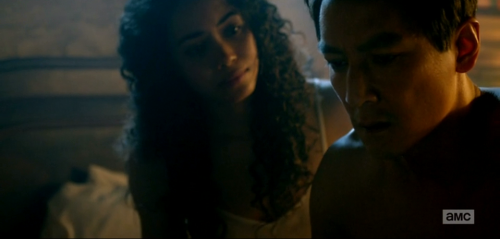
Now, some people may claim that it’s unfair to expect Hollywood level acting ability from a syndicated television show, but then those same people need to remember other AMC shows: The Bryan Cranston Variety Hour, also know as Breaking Bad. If nothing else, Breaking Bad set the bar for the level of acting we can expect from our television, and it’s a lot higher than what’s on display here. Sorry Into the Badlands, maybe if you had been released a few years earlier this could be forgiven, but you came out in a post-Cranston zeitgeist, so aim higher.
“The Fort” was not devoid of quality, outside the second fight. I genuinely like the setting, mixing a deep south aesthetic with a post-apocalyptic one is a unique idea. I hope to see more environments such as the town where Sunny meets The Widow, one of the other barons.
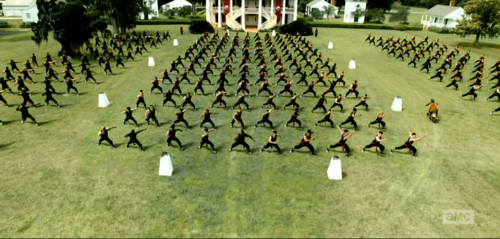
It also did a good job of setting up the rules of the universe and how the characters factor into it. Hidden behind the wooden acting are some fairly interesting characters as well. I was glad to see that Ryder wasn’t just the typical evil heir to his father’s throne, who would throw anyone under the bus if it meant taking power sooner. Ryder seems to legitimately care about his father’s well-being, proven by his conversation with Sunny after Quinn takes Sunny’s advice against making a move against the other barons. He doesn’t talk with disdain towards either Sunny or Quinn. Ryder simply wants Sunny to recognize that Quinn’s diminishing influence among the other barons makes him overly susceptible to suggestion from his trusted assassin.
The first episode of Into the Badlands was decent. It has a metric ton of glaring flaws, but its good parts keep it from becoming too boring. I’m worried about the acting becoming a consistent problem for the rest of the show. I don’t see how it will get resolved unless everyone just decides to start being a good actor—or everyone is replaced by Bryan Cranston. The second action scene proves Alfred Gough and Miles Millar know how to direct a competent fight scene, so at the very least, I have confidence that Into the Badlands will continue to deliver on only thing it promises.

